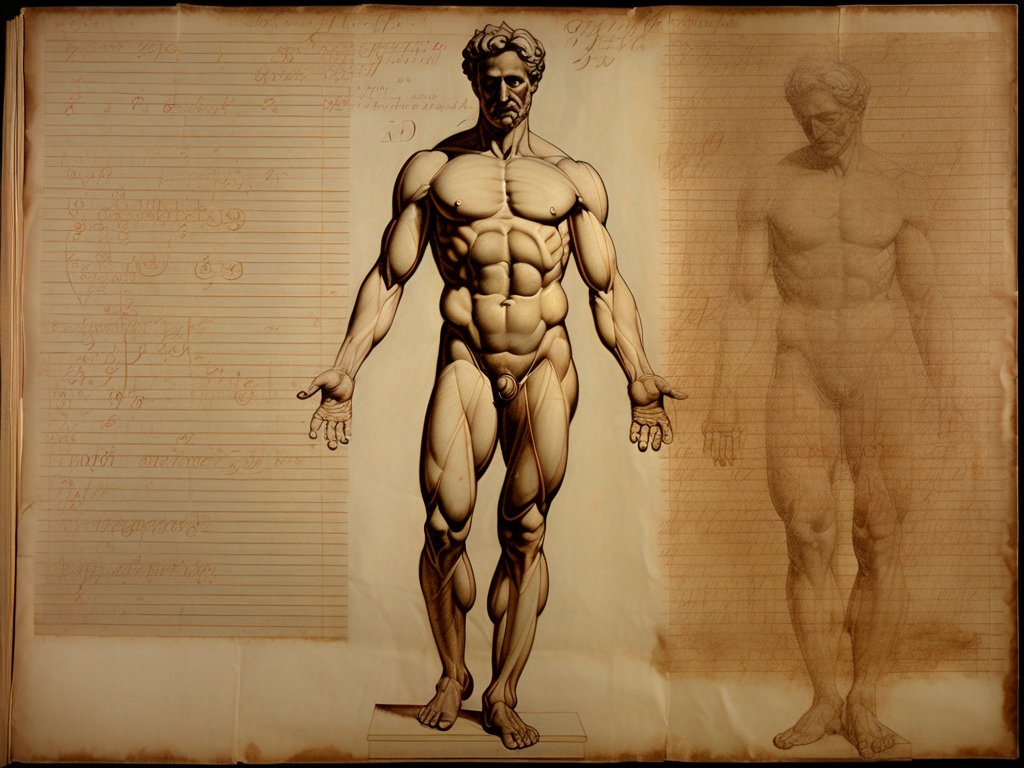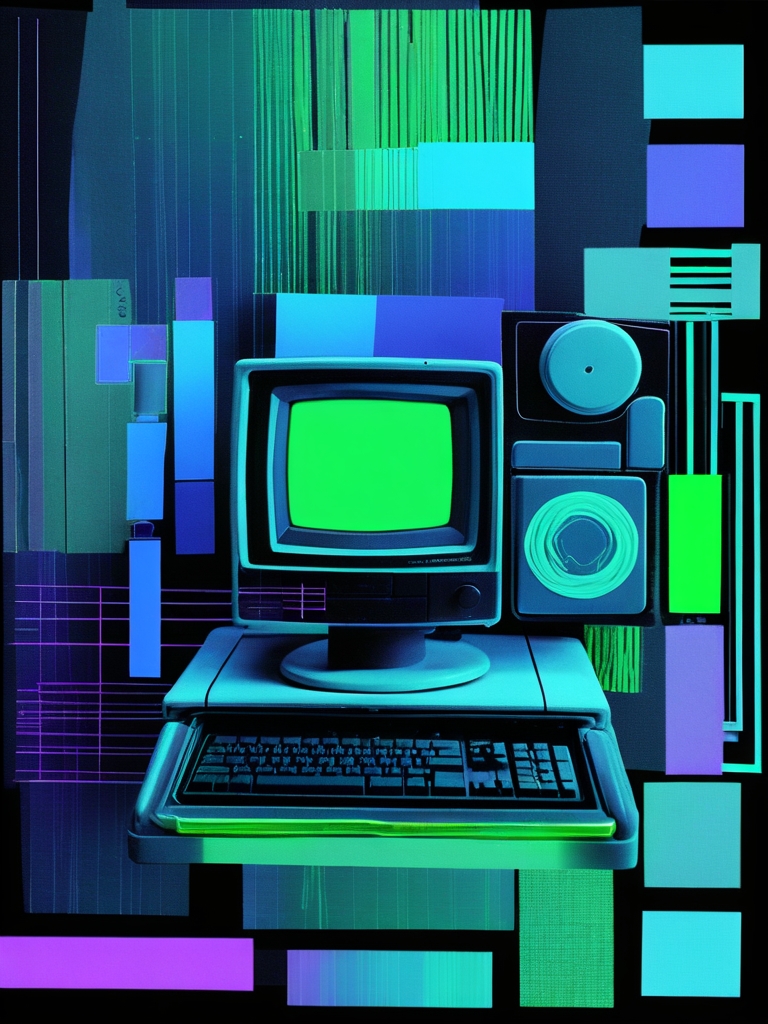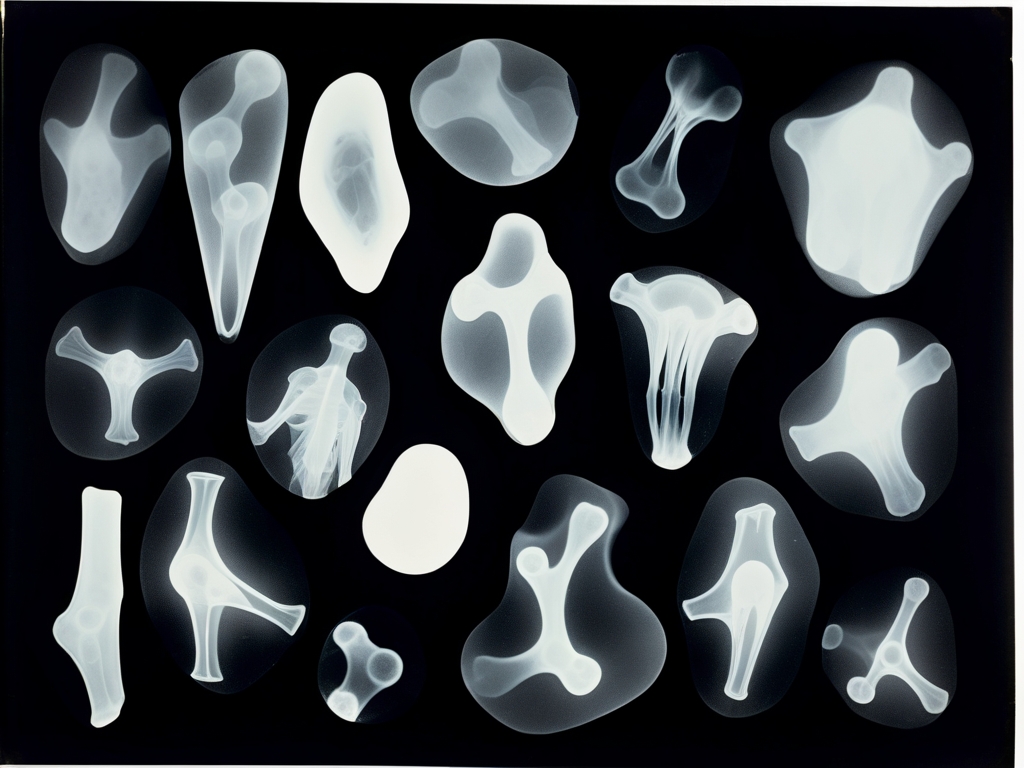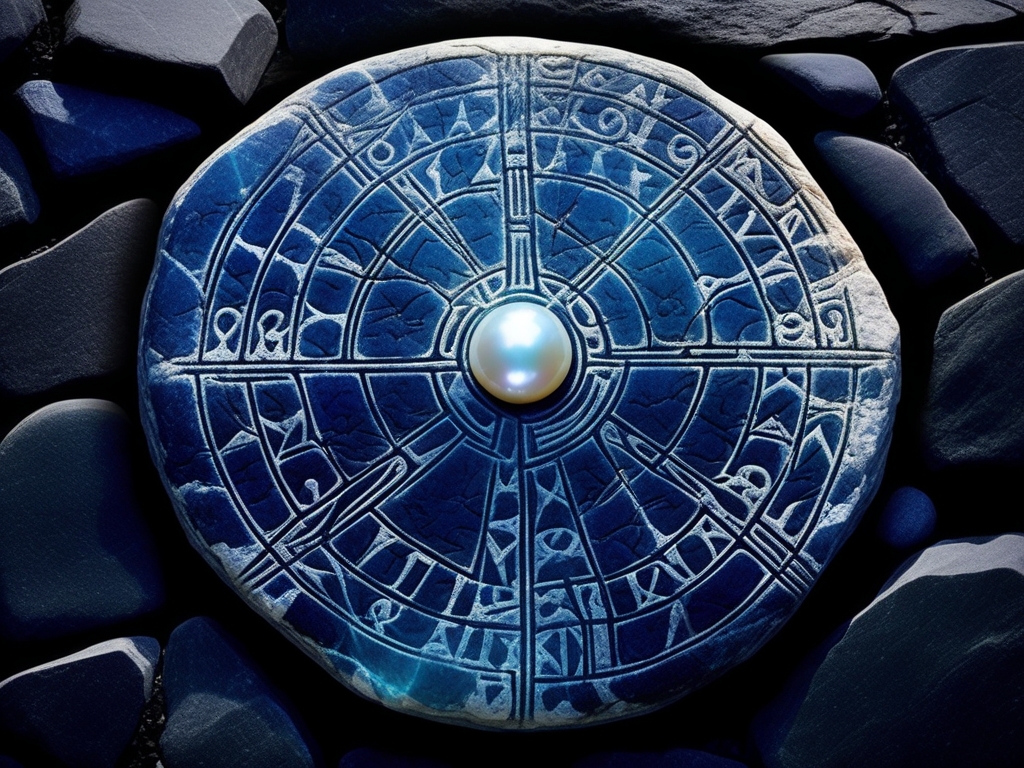The Nexus Apparatus
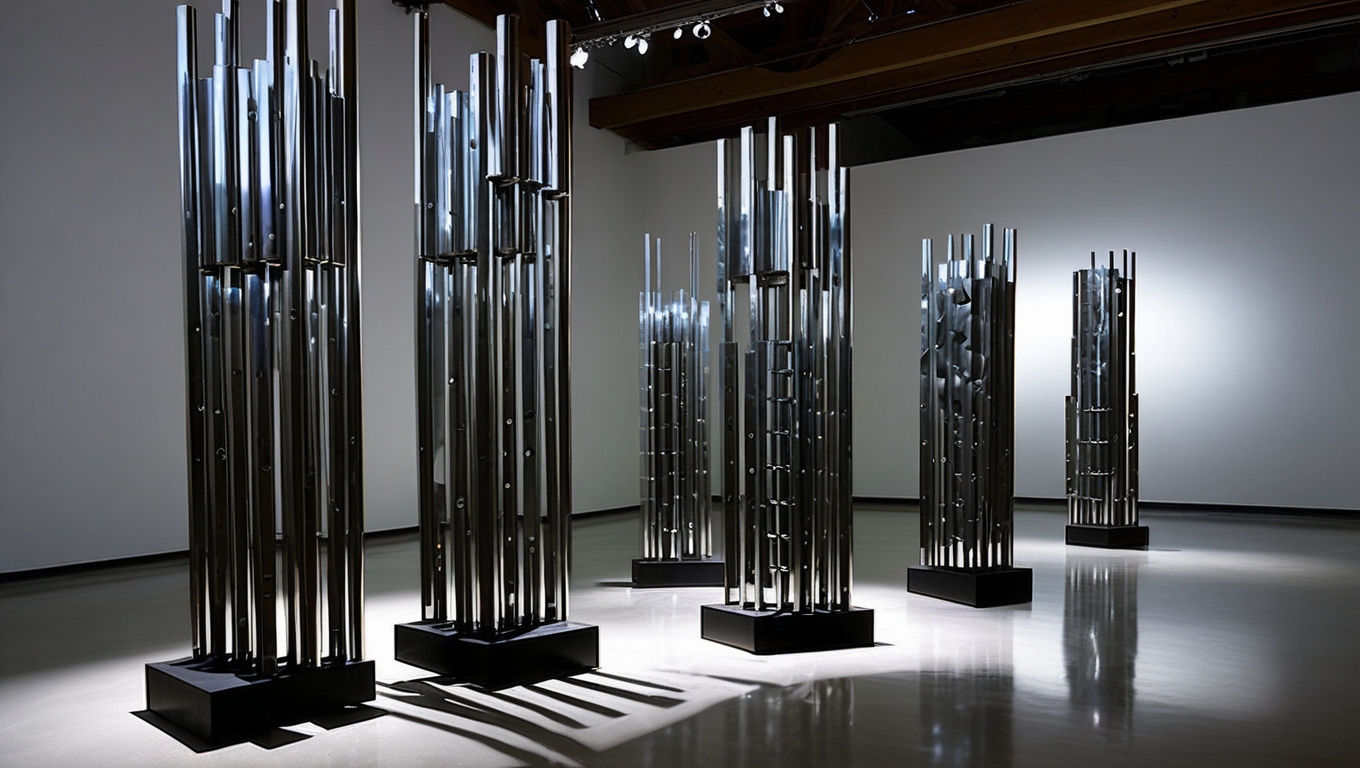
Within the modernist wing of the Ravensfield Collection stands an enigmatic sculpture—a towering constellation of polished chrome cylinders, arranged in vertical clusters atop stark black bases. Light fragments upon its surfaces, scattering into a prismatic dance that flickers along gallery walls like cryptic symbols etched by some alien calculus.
Born from the post-war industrial surge, this creation evokes blueprints for machinery utterly divorced from earthly function. Each tubular segment bears the immaculate precision of aerospace craftsmanship; yet, as a whole, it composes a three-dimensional labyrinth seemingly conceived under unfamiliar laws of space and time.
"It operates on principles our mathematics can describe but our reality cannot contain." Dr. Isadora Vex, Dimensional Theorist
In 1963, cartographer Thessaly Morgrave first beheld this alloyed enigma during its brief exhibition at Zurich’s Institute of Advanced Physics. A veteran mapper of remote and untamed realms, she found in its soaring columns an uncanny echo of Carpathian valleys where her compass spun deliriously and midday skies bore ghostly stars.
Compelled beyond reason, she returned to the gallery daily for a week, capturing angles and measuring proportions with obsessive care. Her notebooks—unearthed years later—unfurled into increasingly unhinged diagrams that charted not merely the sculpture’s form but also the intangible voids cradled between its gleaming pillars—emptiness forbidden by ordinary geometry.
On her seventh visit, attendants noticed Morgrave striding toward a triangular aperture formed by three close-knit cylinders. Security footage records her crossing that threshold—and then vanishing mid-step, swallowed as though by some unseen vortex.
Though untouched by time or alteration, the sculpture thereafter radiated subtle distortions: shadows cast at impossible angles and reflections revealing chambers absent from any known floorplan. Visitors reported vertiginous disorientation—whispers that Nexus Apparatus extended well beyond its physical confines into dimensions their naked eyes could neither grasp nor endure.
Over ensuing months, three more disappeared—a theoretical physicist probing quantum bounds; a mathematician versed in non-Euclidean realms; and a child who slipped away from her school group—all near those same cryptic portals amid the vertical chrome pipes. Each left behind only a faint trace—the sharp tang of ozone and cold metal.
The Institute’s board came to a dreadful realization: this was no mere sculpture impersonating alien machinery but a genuine device—its welded seams conduits channeling forces alien to terrestrial physics, forging real gateways into domains human minds risk crossing at peril.
In 1964, Ravensfield Collection patron Cornelius Blackthorne acquired Nexus Apparatus with solemn recognition: humanity’s first unwitting key to broader dimensions. His notes described it hauntingly—as “a door wrought by minds that never meant for it to open.”
Today’s visitors sense an abiding unease when before Nexus Apparatus—a sensation of being watched by intelligences existing orthogonal to mortal reality. Some glimpse fleeting shapes drifting within those uncanny negative spaces—perhaps Thessaly Morgrave and others now forever lost amid geometries lying outside our fragile grasp of existence itself.

